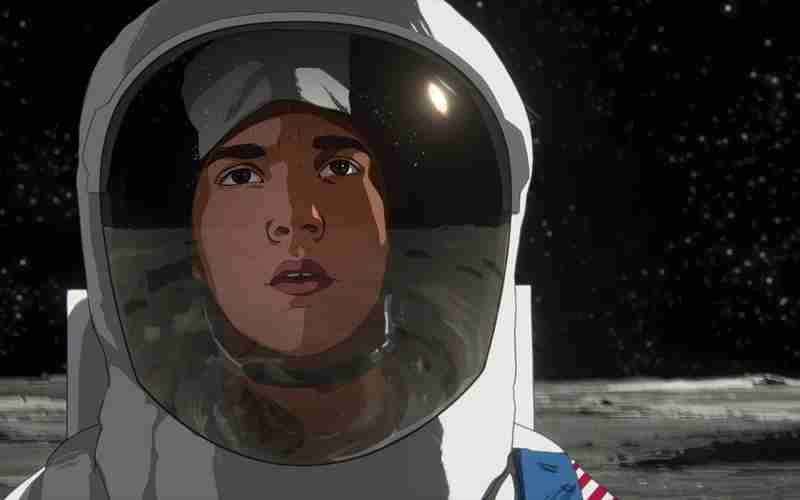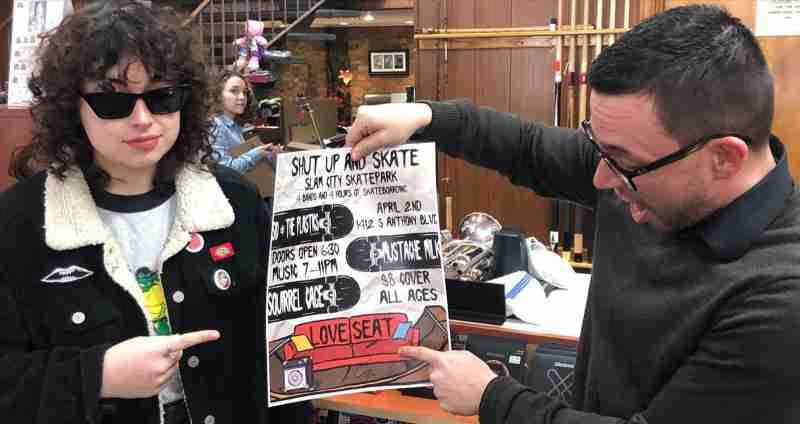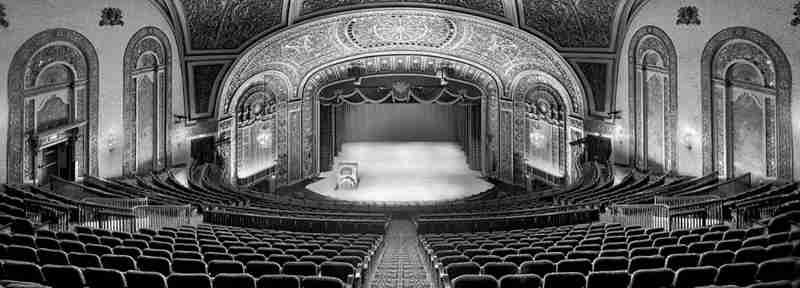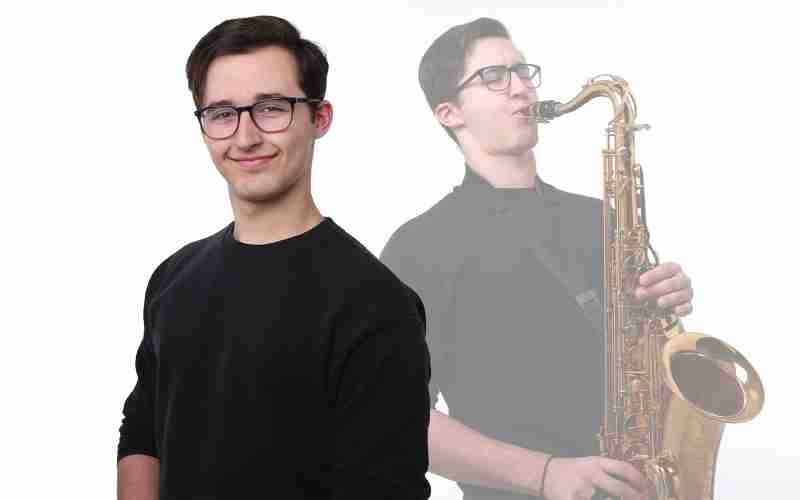The 2019 documentary Apollo 11 was a just-the-facts recreation of the titular historic spaceflight, but thanks to the magic of rotoscoped animation, we now have a fantastical prequel of sorts.
Apollo 10½: A Space Age Childhood, the latest from writer/director Richard Linklater, is likely his most personal film yet, and a fine return to form after a couple recent misfires.
Utilizing the rotoscoping technique he helped launch in Waking Life and A Scanner Darkly, Linklater overlays live-action footage with bursts of animated color in a way that resembles a home movie that’s been strategically painted over. The effect is perfect for this wistful tale of remembering what was, and daydreaming about what could have been during an era when anything seemed possible.
It’s 1969 in Texas and 10-year-old Stanley (Milo Coy) is at recess playing kickball when he’s called into a classroom to meet with two NASA officials (Glen Powell and Zachary Levi) about something top secret. As with his friends and family, Stanley is enraptured with the ongoing Apollo missions as they watch the shuttles launch on their televisions, but these gentlemen have a proposal that will get him closer to his dreams than he ever imagined. Though NASA scientists are the best and brightest, they accidentally made a lunar module too small for an adult, much less three of them. So as to not waste resources, NASA offers to train Stanley in their program, so he can make the trip to the moon President John F. Kennedy promised earlier in the decade.
Okay, so Linklater is playing a bit fast and loose with the historical facts of what actually landed man on the moon, but the boyhood fantasy of Apollo 10½ is accompanied by very accurate details of time and place otherwise.
About 20 minutes into the story, the film freeze frames on an unflattering moment during high-g training, and goes on a lengthy detour that paints an evocative portrait of what life was like in this specific Houston suburb. As Daniel Stern did in with the original The Wonder Years, Jack Black plays the adult version of Stanley, looking back on his childhood via voiceover. It’s easy to see this as a younger brother to Linklater’s similarly nostalgic Dazed and Confused and Everybody Wants Some!!, as fascinated with 1960s culture as those were with the 1970s.
There’s quite a bit of archival footage used, but Linklater and his head of animation, Tommy Pallotta, incorporate plenty of deep cuts along with the expected cultural touchstones. Sure, most people who grew up during this time can relate to watching Disney’s Wonderful World of Color on Sunday nights or hearing “Sugar, Sugar” played way too often. But the film is more specific about the subculture of Texas suburbanites who were smitten by NASA and their tireless endeavors throughout the decade at the nearby Johnson Space Center.
As he does multiple times in the movie to rattle off lists of period-relevant board games or TV shows, Linklater fills up the frame at one point with revered astronauts as they appear on collectible trading cards.
Narratively, the film is split between the fictional account of Stanley’s trip to the moon and his life on the ground with his family of eight, but it doesn’t exactly split the time evenly.
Obviously, Linklater is using the outer space story as a way to show us a scrapbook of his early years, so it shouldn’t be surprising when the movie meanders for long stretches of time. Though it’s intentional, it does give things an uneven feel, and the pacing can be a bit all over the place when the waxing nostalgic goes full throttle, but the visual pizazz and the heartfelt nature carry the day. In one scene, Stanley describes one of his grandmothers as “a very sweet lady you couldn’t find much fault in,” and the same could be said of Apollo 10½: A Space Age Childhood.
New Movies Coming This Weekend




